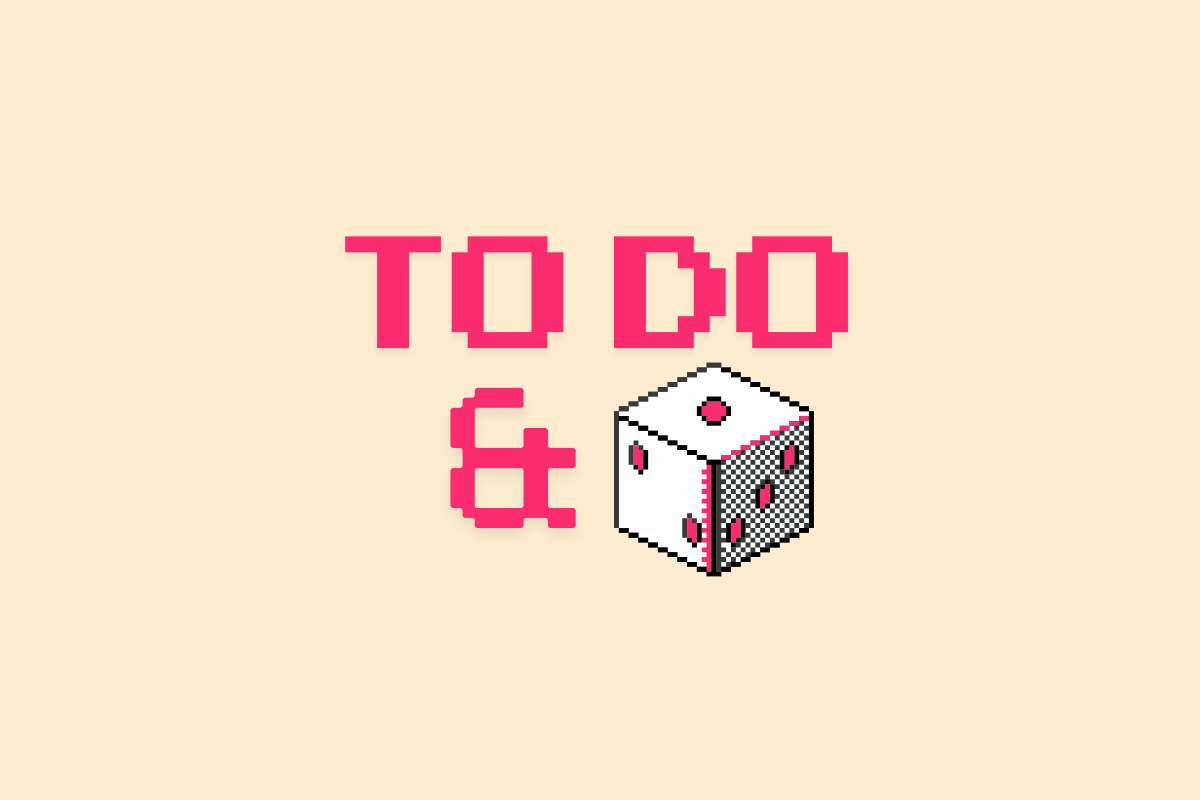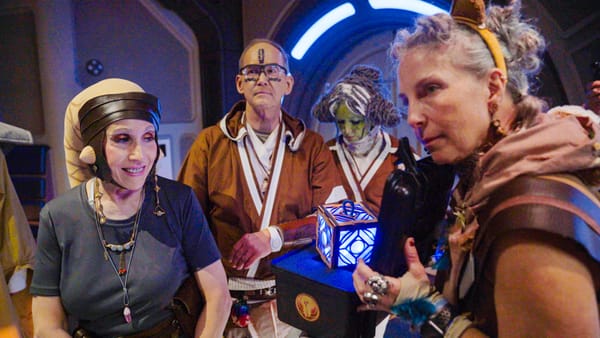Play as Learning: TTRPGs in the Classroom
A new style of class-based progression mechanics

The weighty awkwardness of our first collaborative game melting away as we weave generations together in Achillobator’s The Family Tree.
Eager faces begging to continue their game of Speak the Sky’s This Person Should Not Exist, unwilling to leave the story unfinished.
A shared emotional punch as the one-word RPG expresses the eternal conflict of a messy relationship in one simple word: leave.
You might expect to find these scenarios around a dining room table, shared between friends and family over snacks as the stresses of the real world melt away. The dreaded beast of scheduling has been defeated; thoughts of work, school, and outside life can be put aside in favor of the shared joy of play. If that’s what you thought when reading these little anecdotes, you’d be wrong. These moments are far from escapism: they’re assignments.
As an educator I bring games into my First Year Writing course to great effect, and I’m far from the only one. Professors Lisa Forbes and David Thomas wrote a free guidebook on how to weave play into any college course: the Professors at Play Playbook, first in a series discussing how to engage students with fun and games. In fact, there is a growing tide of instructors bringing games into their classrooms, from content-specific activities, to video games and TTRPGs. Teachers out there might be asking themselves, but is it worth it? Would using TTRPGs work in my class?




